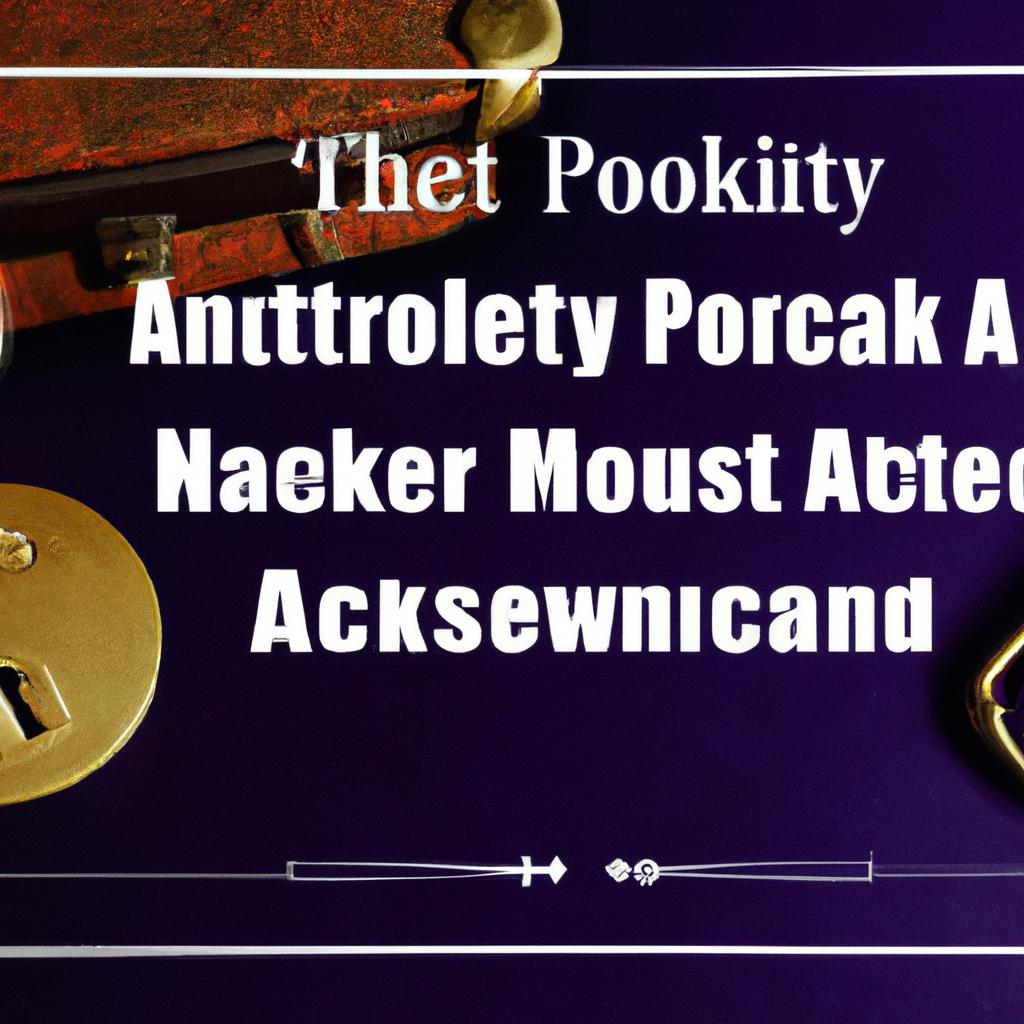Grasping the concept of “non-probate assets” is a vital part of estate planning. This term, which may seem like legal jargon, is key to ensuring your assets are distributed as per your wishes after your demise. Let’s explore the meaning of non-probate assets and their importance in estate planning.
Decoding Non-Probate Assets
Non-probate assets are those that bypass the probate process after the owner’s demise. These assets are usually transferred directly to the beneficiaries, bypassing the will. Understanding this is crucial for effective estate planning and to ensure your assets are distributed as per your desires.
Non-probate assets commonly include:
- Jointly Owned Property: Property owned with survivorship rights, which automatically transfers to the surviving owner.
- Retirement Funds: IRAs, 401(k)s, and other retirement funds with named beneficiaries.
- Life Insurance Policies: The proceeds are directly paid to the beneficiaries named in the policy.
| Asset Type | Probate or Non-Probate |
|---|---|
| Jointly Owned Property | Non-Probate |
| Retirement Funds | Non-Probate |
| Life Insurance Policies | Non-Probate |
By correctly identifying and designating non-probate assets, you can avoid the delays and costs associated with probate. It is crucial to regularly review and update beneficiary designations to ensure your assets are distributed as you intend. Consulting with an estate planning attorney can help you navigate the intricacies of non-probate assets and align your estate plan with your wishes.
Diving into the Varieties of Non-Probate Assets
Non-probate assets are those that are not subject to the probate process upon the owner’s demise. These assets bypass the probate court and go directly to the designated beneficiaries. Understanding the different types of non-probate assets is crucial for estate planning to ensure a seamless transfer of assets to heirs without the need for probate court involvement.
Joint tenancy property is a common type of non-probate asset, where ownership automatically transfers to the surviving joint tenant upon the death of one owner. Another type is assets held in a living trust, where the trust owns the assets and designates beneficiaries to receive the assets upon the owner’s demise. Retirement funds, life insurance policies, and payable-on-death (POD) bank accounts are also examples of non-probate assets.
Regularly reviewing and updating beneficiary designations is crucial to ensure that non-probate assets are distributed as per the owner’s wishes. By correctly designating beneficiaries and understanding the various types of non-probate assets, individuals can streamline the estate planning process and avoid the delays and costs associated with probate court.
Advantages of Non-Probate Assets Planning
Non-probate assets are a crucial aspect of estate planning that often goes unnoticed. These assets are not subject to the probate process, meaning they can be transferred to beneficiaries outside of the court system. This can save time, money, and stress for loved ones left behind. By understanding this, you can ensure your assets are handled smoothly and efficiently after your demise.
A significant advantage of non-probate assets planning is that it allows for immediate transfer of assets to beneficiaries. Unlike assets that go through probate, non-probate assets can be distributed quickly and without the need for court approval. This can provide peace of mind to both the individual planning their estate and their loved ones who will inherit the assets.
Another benefit of non-probate assets planning is the potential for cost savings. Probate can be a lengthy and expensive process, eating into the value of an estate. By designating assets as non-probate, you can avoid many of these costs and ensure that more of your assets go directly to your beneficiaries. This can be particularly beneficial for individuals with complex or high-value estates.
Crucial Factors for Managing Non-Probate Assets
Non-probate assets are those that do not go through the probate process upon the owner’s demise. These assets are typically transferred directly to the designated beneficiaries, avoiding the time-consuming and costly probate process. Managing non-probate assets requires careful consideration and planning to ensure the smooth transfer of assets to your loved ones.
When managing non-probate assets, keep the following crucial factors in mind:
- Beneficiary Designations: Ensure that beneficiary designations are current and accurately reflect your wishes. Review and update these designations regularly, especially after major life events such as marriages, divorces, or births.
- Joint Ownership: Assets held jointly with survivorship rights will automatically transfer to the surviving owner upon the death of one owner. Be aware of joint ownership arrangements and consider the implications for your overall estate plan.
- Trusts: Consider transferring assets to a trust to avoid probate and maintain control over the distribution of assets. Trusts can also provide privacy and protection for your beneficiaries.
| Asset Type | Transfer Method |
|---|---|
| Life Insurance | Directly to Beneficiaries |
| Retirement Funds | Beneficiary Designations |
| Payable-on-Death Accounts | Designated Beneficiaries |
In Conclusion
Understanding non-probate assets is essential for proper estate planning. By being aware of which assets fall outside of the probate process, you can ensure a smoother distribution of your estate and potentially avoid lengthy court proceedings. Remember to regularly review and update your beneficiaries to keep your estate plan current and in line with your wishes. With the right knowledge and guidance, navigating the complexities of non-probate assets can be a manageable task. So, take the time to familiarize yourself with these assets and consult with professionals as needed to secure your financial future. Happy planning!
 Unlocking the Mystery: What Exactly are Non-Probate Assets?
Unlocking the Mystery: What Exactly are Non-Probate Assets?
When someone passes away, their assets are typically distributed through a legal process known as probate. However, not all assets go through probate. Non-probate assets are those that pass directly to beneficiaries outside of the probate process. Understanding what non-probate assets are and how they work can be crucial for estate planning and ensuring that your assets are distributed according to your wishes.
What are Non-Probate Assets?
Non-probate assets are assets that are not subject to the probate process upon the owner’s death. Instead, these assets pass directly to designated beneficiaries outside of the probate court. Common examples of non-probate assets include:
1. Jointly owned property: Property owned in joint tenancy with rights of survivorship (JTWROS) or tenancy by the entirety automatically passes to the surviving joint owner(s) upon the death of one owner.
2. Retirement accounts: Assets held in retirement accounts such as 401(k)s, IRAs, and pensions typically pass to designated beneficiaries outside of probate.
3. Life insurance policies: Proceeds from life insurance policies are paid directly to the named beneficiaries and are not subject to probate.
4. Payable-on-death (POD) accounts: Bank accounts, certificates of deposit, and brokerage accounts with a designated POD beneficiary pass directly to the named beneficiary upon the account owner’s death.
5. Transfer-on-death (TOD) accounts: Similar to POD accounts, TOD accounts allow assets such as stocks, bonds, and mutual funds to pass directly to designated beneficiaries.
Benefits of Non-Probate Assets
There are several benefits to having non-probate assets as part of your estate plan, including:
1. Avoiding probate: By designating beneficiaries for non-probate assets, you can bypass the time-consuming and often costly probate process.
2. Privacy: Probate is a public process, meaning that anyone can access information about your assets and beneficiaries. Non-probate assets allow for a more private distribution of assets.
3. Faster distribution of assets: Non-probate assets typically pass to beneficiaries more quickly than assets that go through probate, ensuring that loved ones receive their inheritance in a timely manner.
Practical Tips for Managing Non-Probate Assets
When it comes to managing non-probate assets, there are a few key tips to keep in mind:
1. Regularly review beneficiary designations: Life changes such as marriage, divorce, or the birth of children may necessitate updates to your beneficiary designations on non-probate assets.
2. Keep documentation in a safe place: Make sure that your loved ones know where to find important documents related to non-probate assets, such as insurance policies and account statements.
3. Consult with an estate planning attorney: An experienced estate planning attorney can help you navigate the complexities of non-probate assets and ensure that your estate plan is comprehensive and up to date.
Case Study: Sarah’s Experience with Non-Probate Assets
Sarah, a single mother of two, had a significant portion of her assets held in retirement accounts and life insurance policies. Concerned about ensuring that her children would be provided for in the event of her death, Sarah worked with an estate planning attorney to designate her children as beneficiaries on her non-probate assets. When Sarah passed away unexpectedly, her children were able to access the funds from her retirement accounts and life insurance policies quickly and without having to go through probate. Thanks to Sarah’s proactive estate planning, her children were able to maintain financial stability during a difficult time.
In conclusion, non-probate assets play a critical role in estate planning and can provide numerous benefits for both the asset owner and their beneficiaries. By understanding what non-probate assets are and how they work, individuals can ensure that their assets are distributed according to their wishes and avoid potential pitfalls associated with the probate process. Consulting with an estate planning professional and regularly reviewing beneficiary designations are key steps in effectively managing non-probate assets for the long term.


